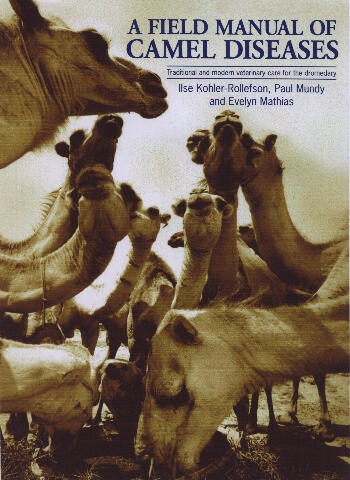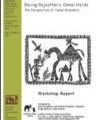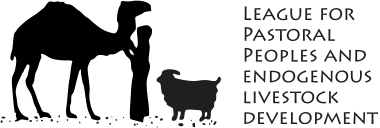Traditional and modern veterinary care for the dromedary
The one-humped camel, or dromedary, is one of the world’s hardiest domesticated animals. A vital source of transport, meat, milk and income for pastoralists in the Sahel, East Africa, the Middle East and South Asia, the camel can carry heavy loads for days in some of the world’s most hostile conditions. But even camels fall ill.
A Field Manual of Camel Diseases is the first practical guide to camel diseases designed for use in low technology environments. The manual details some 80 major camel diseases and conditions, ranging from abortions to wry neck syndrome. For each disease, the authors give the disease signs, its causes, and simple prevention and treatment methods. Both scientific and tried and tested traditional treatments are presented, thus enabling the veterinarian or livestock practitioner to make the most appropriate choice in the prevailing circumstances. A section on procedures explains how to examine a camel, take samples for laboratory analysis and apply various types of medicines.
 Title: A field manual of camel diseasesAuthor: Ilse Köhler-Rollefson, Paul Mundy, Evelyn Mathias / ITDG PublishingDescription: BookFormat: 0Pages: 272Download document
Title: A field manual of camel diseasesAuthor: Ilse Köhler-Rollefson, Paul Mundy, Evelyn Mathias / ITDG PublishingDescription: BookFormat: 0Pages: 272Download document


